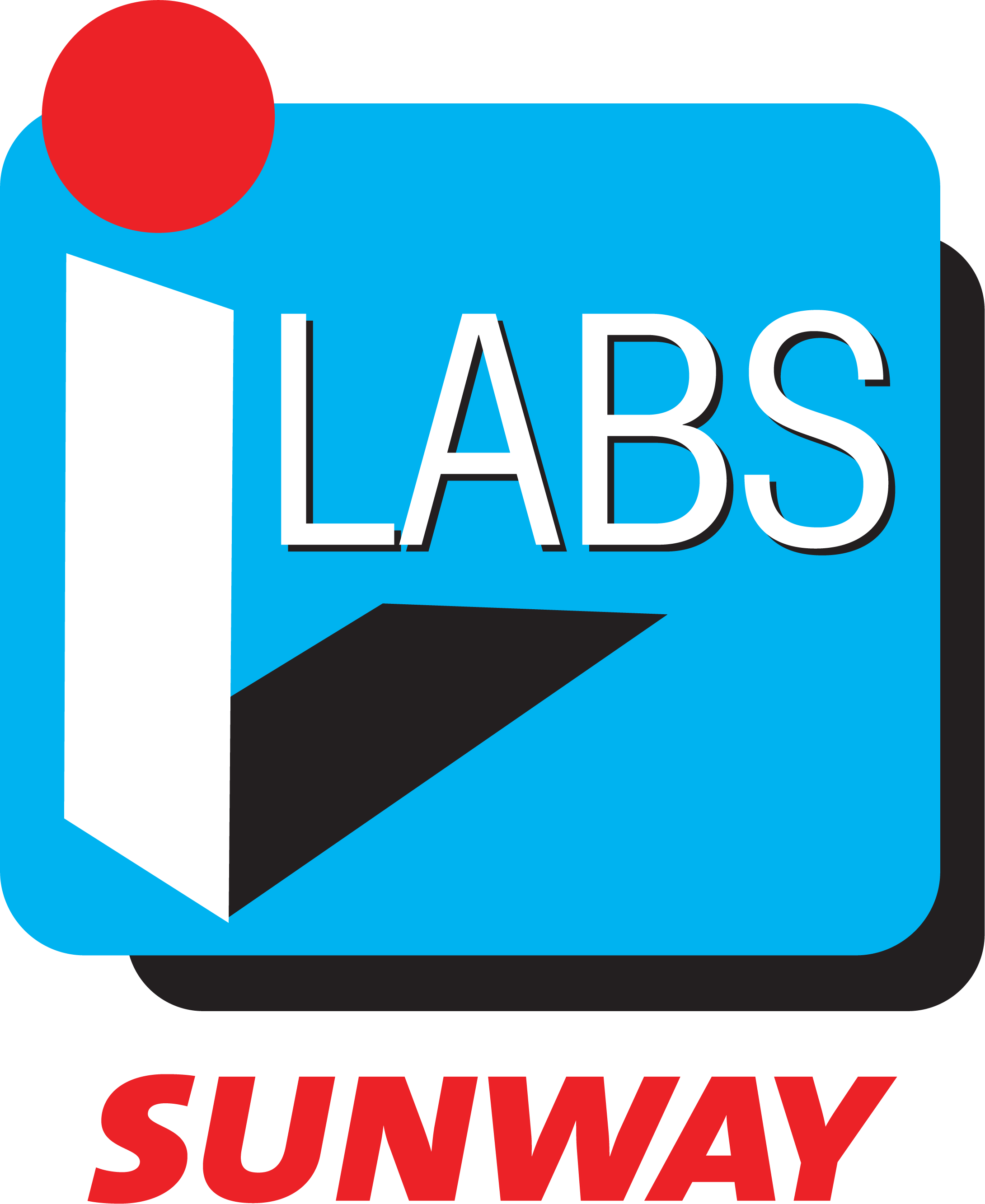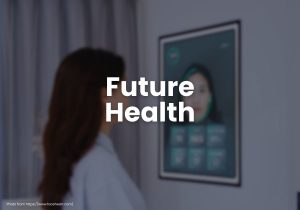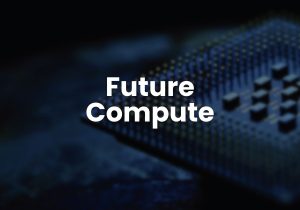The University Makerspace
- Plugging the Gap

Written by Matt Van Leeuwen
Many universities offer some form of entrepreneurship education, be it as part of a degree programme or as an extra-curricular activity. There are various activities associated with this education, and usually they include some sort of idea or business plan competition. This is all well and good, and indeed it is necessary to initiate some form of ‘real-world’ awareness or shall we say, exposure to real life problems for students, but unfortunately many of these competitions put too much emphasis on just pitching ideas.
The reality is, after having looked at the output from many student business competitions in Malaysia the last few years, that ideas that were deemed to have the best market potential were picked and shoved through an accelerator programme, regardless of whether their solution was actually viable or not. The student entrepreneurs are usually well trained to craft a slick looking pitch deck and are prepped adequately to communicate the slides to a panel of judges, but far too many pitches overuse the latest buzzwords, such as artificial intelligence (AI) or blockchain technology, without having any underlying substance or evidence that the technology may actually work. Or worse even, they fail to identify the problem they are actually trying to solve. This is ultimately setting one up for failure.
No problem, No business
What am I trying to get at here? In entrepreneurship education I think we need to focus more on instilling problem solving skills into our students and pitching ideas should be part of that. Rather than moving ideas too quickly into an accelerator programme, we need to educate and guide budding student entrepreneurs to define the problem clearly, identifying potential solutions and then to build a minimum viable product (MVP). The MVP is not a finished product or prototype, but has only a basic set of features that is enough to capture the feedback from real customers. Without going into too much detail, methodologies such as Design Thinking and Lean Startup provide good frameworks to get students to better understand customer needs and pain points, and build solutions that address a real problem. It forces them to get out of the building and validate assumptions they make around their value proposition and business model.
Here comes the Maker Movement
However, having a good set of methodologies and strategic frameworks is one thing, the other is to have a space with the tools to actually build the prototypes or MVPs. This is where a Makerspace comes in.
Makerspaces are a global trend that is part of the DIY movement. The Makerspace scene is already quite established in the US, but in other parts of the world Makerspaces are still a relatively new concept. In Malaysia, Makerspaces are slowly becoming more popular as extra-curricular activities for secondary school kids, but with universities’ access to resources and innovative research, higher education institutions are also in a great position to drive the Maker Movement.
In case you wonder what a Makerspace is, I would define it simply as a collaborative space designed with tools to stimulate curiosity and hands-on creativity. It gives students a creative outlet where they can imagine, invent and experiment. It also provides a practical, hands-on component that complements classroom learning and expand students’ skill sets into areas that will be appreciated by future employers. Projects in a Makerspace can be around idea generation or problem-solving, but the key thing is that it is a place to actually making something. Be it a digital or a physical product.
Makerspaces are often the perfect place for interdisciplinary collaboration, which is in my opinion one of the key ingredients for innovation to happen. If we bring students with different skill sets together in a creative space with guided access to tools to build things, I believe we will be able to see more viable solutions coming out of universities that solve real market problems, as well as to generate and shape future workforces that grow the science, technology, engineering, arts and mathematics (STEAM) economy. And if we couple this to structured programmes that help take the innovations to market, we may actually see more startups that have a chance to grow to sizeable companies, or dare I say become unicorns.
Sunway University is starting a Makerspace that is focused on smart cities and social innovations. The space will be kitted out with state-of-the-art tools for students to build IoT solutions and where they will have access to industry partners and Business Units in Sunway Group as a testbed. Sunway University has also set up a Social Innovation Support Unit in the Makerspace, which is funded by the European Commission as part of the SEASIN initiative. The Makerspace will be aligned with existing programmes in Sunway iLabs, the University’s incubator and accelerator.




